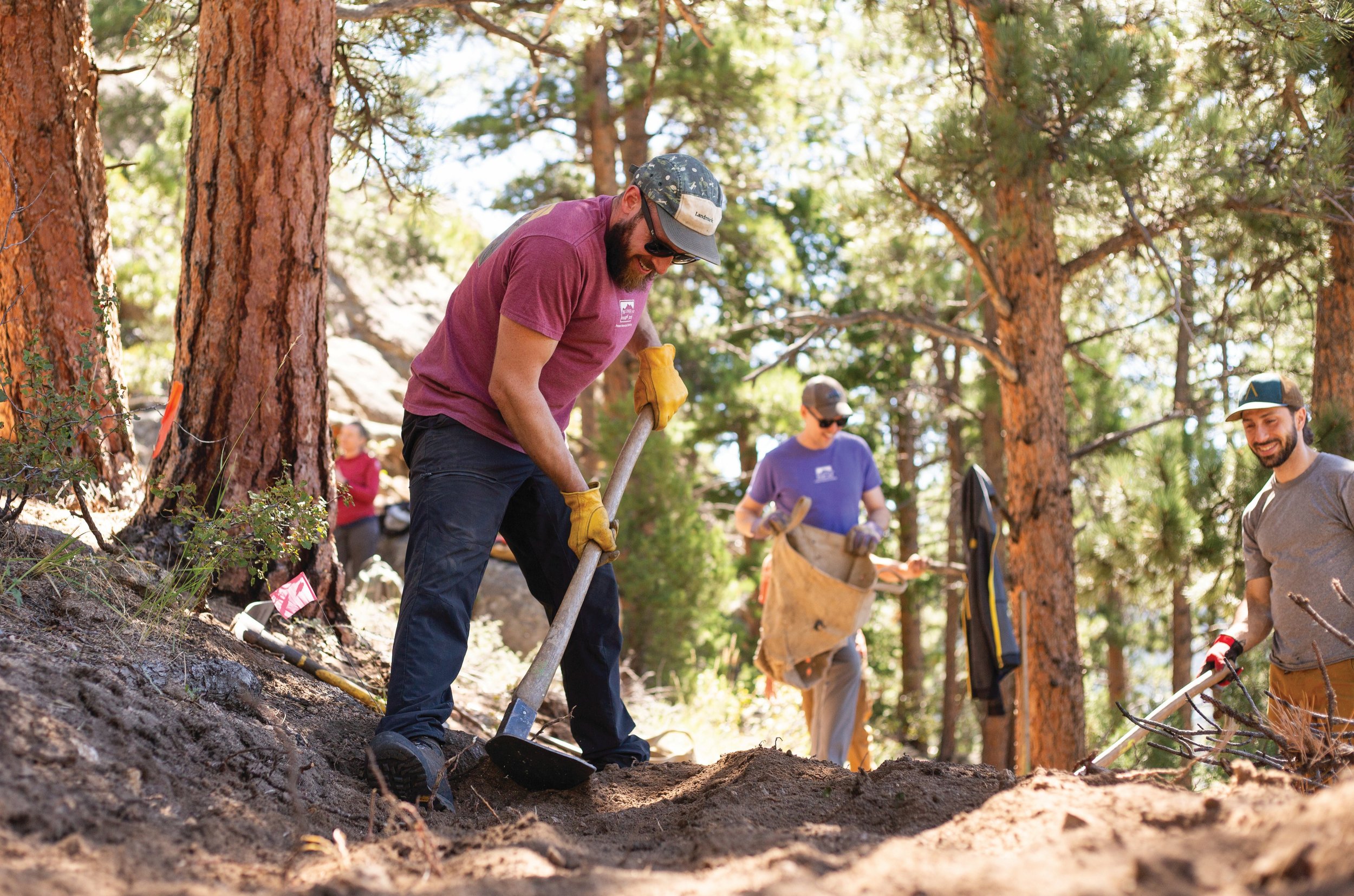Access Fund — America's Climbing Advocates Are Protecting The Sport + The Outdoor Places We Love
The rock climbing community has always faced challenges with the same grit and tight-grasped determination that it takes to tackle the sport. Climbing has grown exponentially since the mid-1980s and now welcomes more than 8 million vertical athletes nationwide with an annual economic impact of more than $12 billion; but the growth hasn’t come without contention.
Climbers began seeing access problems crop up across the country in the 1980s as land managers felt overwhelmed by the number of people climbing. Areas were being closed down while the climbing community was fighting its own ethical battles surrounding bolting and hang dogging (resting on the rope as you climb rather than the rock).
In 1985, the American Alpine Club formed an Access Committee to resolve land closures, going up against the government and purchasing land to keep it accessible. In 1991, Access Fund was formed to represent climbers, work to keep climbing areas open and defend climbing in all its forms.
The Boulder-based nonprofit has become a powerful force in the climbing world, buying threatened climbing areas, protecting public lands, building sustainable crags, and ensuring the sport is sustainable for future generations.
“We work to make sure climbers of today and tomorrow have a chance to share in the joy of climbing,” says Access Fund vice president of policy and government affairs Erik Murdock. “We grew from that need to serve as a hub and be experts around rock climbing. We really see ourselves as climbing advocates.”
Murdock points to Access Fund founders like civil rights attorney Armando Menocal for the organization’s staunch unity around access issues rather than keeping the focus on various schools of climbing clashing about climbing style ethics.
Photo by Irene Yee
The national advocacy organization has inspired the formation of more than 150 climbing advocacy groups across the country. These independent affiliates serve as the eyes and ears of Access Fund while focusing on what’s important to their local climbing communities.
In addition to a strong stewardship program that gladly gets its hands dirty building trails, doing erosion control, making sure wildfire mitigation is applied and educating the climbing community, Access Fund maintains a strong policy and government affairs program.
The biggest threat to climbing today — and an issue that hits home for Western Slope climbers — is an interest by a small segment of the federal government to prohibit fixed anchors (bolts, pitons and slings).
“This is a very unfortunate situation,” Murdock says. “These proposals could result in the erasure of America’s climbing legacy and the world’s greatest climbing areas.”
For 60 years, Murdock says, federal agencies have been managing climbing in places like Rocky Mountain National Park and Yosemite. The proposed prohibition of fixed anchors would affect popular climbing areas in the Black Canyon of the Gunnison, for example, where the new policy could potentially erase iconic climbing routes and put climber’s safety at risk.
“A lot of climbers are really concerned about this area,” Murdock says. He encourages climbers to take five minutes to write to the National Park Service and the U.S. Forest Service through their respective portals, letting decision-makers know that fixed anchors are an essential piece of climbers’ safety system and that prohibiting fixed anchors will threaten America’s rich climbing legacy.
To learn more about Access Fund and efforts to protect wilderness climbing, visit accessfund.org.
Originally published in the Spring 2024 issue of Spoke+Blossom.

